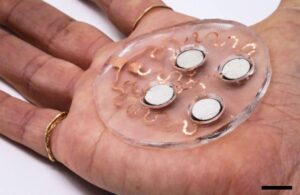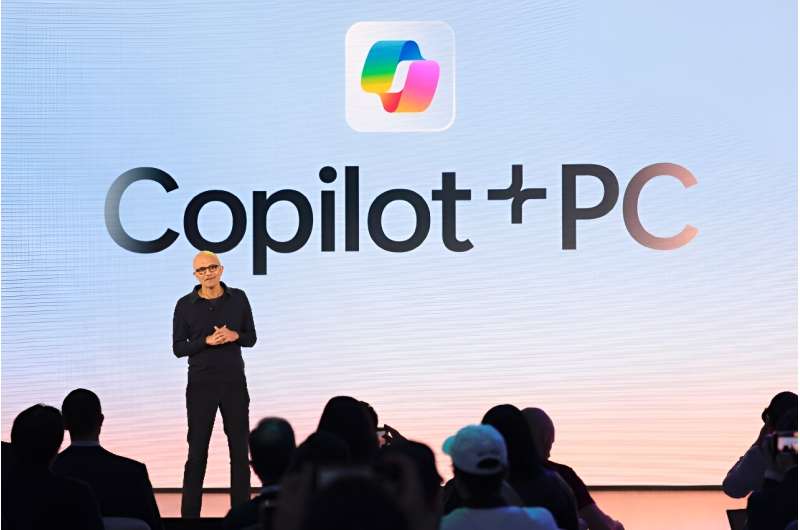Researchers at MIT have created a new wearable patch device that utilizes ultrasound waves to provide painless and effective delivery of drugs through the skin. The technology could overcome limitations of traditional oral medications and injections to enable precise dosing of treatments for conditions like skin wounds, inflammation, and hormonal disorders.
The patch contains an array of small disc-shaped components that turn electric currents into ultrasonic mechanical energy. When applied to skin, these discs generate bubbles and jets of fluid that safely penetrate the outermost layer without damage. This creates microscopic conduits for drugs to pass into deeper tissue.
Current ultrasound drug administration methods rely on large, complex equipment. By miniaturizing components within an adhesive patch, the MIT team has developed a lightweight and easy-to-use system with potential for diverse medical and cosmetic applications.
In lab tests on pig skin, the patch delivered 26 times more vitamin B3 into tissue compared to passive diffusion alone after 30 minutes. It matched efficacy of microneedle arrays in a fraction of time. This indicates both effectiveness on large molecule drugs and tuning of ultrasonic pressure waves.
“The ease-of-use and high repeatability offered by this system provides a game-changing alternative to patients and consumers suffering from skin conditions and premature skin aging,†said senior author Dr. Canan Dagdeviren. “Delivering drugs this way could offer less systemic toxicity and is more local, comfortable, and controllable.â€
While still limited to shallow depths, the current patch may already prove useful for treating skin wounds, inflammation, burns, and visible signs of aging. With further development, it could someday replace daily self-injections of insulin or hormones by painlessly administering pre-set and consistent doses over time through a conveniently worn patch.
The research team plans additional tests with larger drug molecules and volunteer studies to continue perfecting the technology. Their results provide early promise of overcoming transdermal diffusion barriers via well-targeted ultrasound exposures from a miniaturized wearable device. This may ultimately shift paradigms in managing diabetes, hormonal disorders, and even targeted cancer therapy.


















